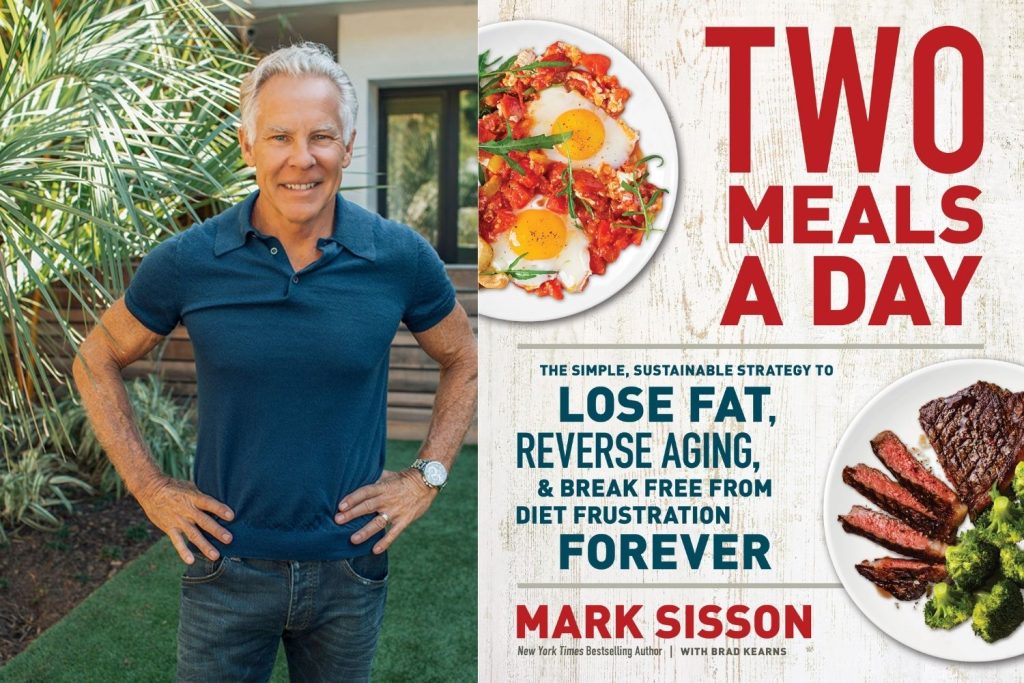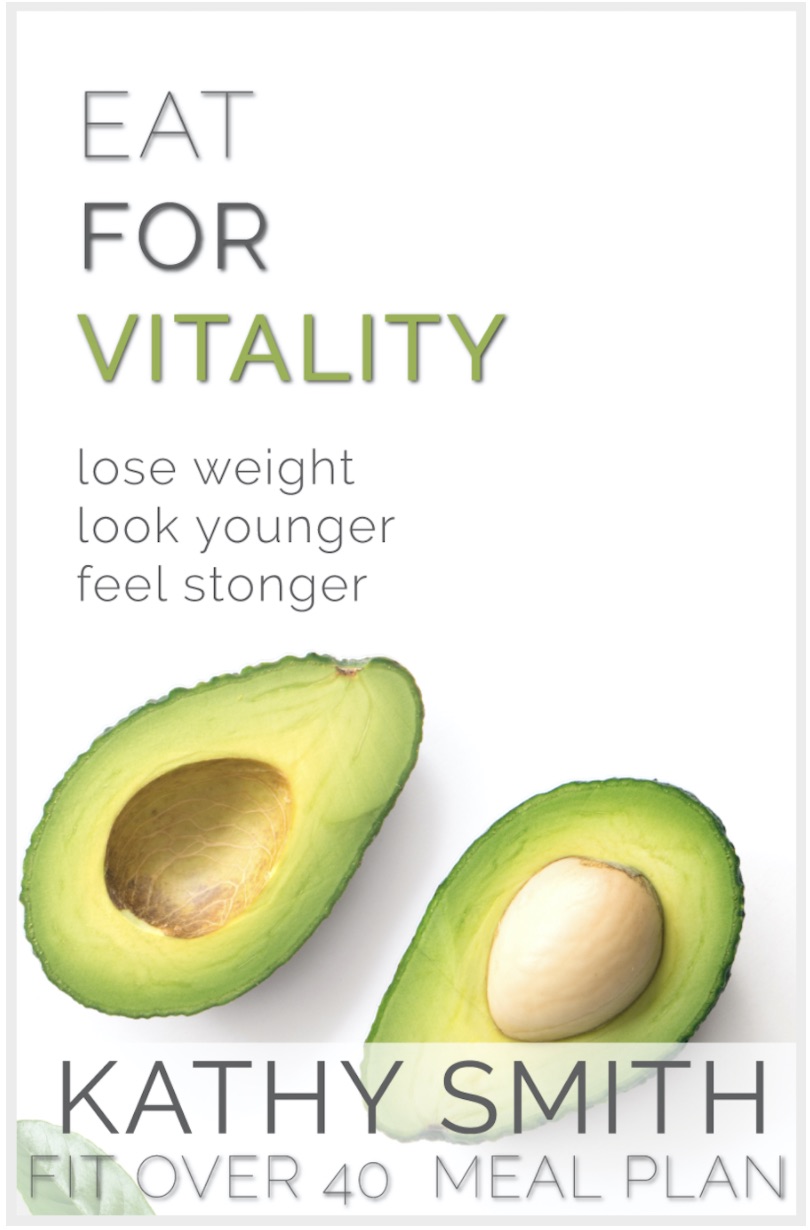Break Free

FROM OVEREATING
If you’re ready for a simple and sustainable strategy to break free from over-eating, especially during the holidays, then today’s podcast with Mark Sisson is a must-listen.
The key? Metabolic flexibility.
Listen… How to Achieve Metabolic Flexibility
Here’s how Mark describes metabolic flexibility…
“Metabolic flexibility is the capacity to match fuel oxidation to fuel availability—or switch between burning carbs and burning fat. Someone with great metabolic flexibility can burn carbs when they eat them. They can burn fat when they eat it (or when they don’t eat at all). They can switch between carbohydrate metabolism and fat metabolism with relative ease. All those people who can “eat whatever they want” most likely have excellent metabolic flexibility.”
Think of metabolic flexibility like a car. A standard car uses gasoline for its only source of fuel…. that’s similar to somebody who is metabolically inflexible, eating processed and high-carb foods. If you rely on carbs as your main source of fuel, your body loses its ability to use fat for fuel.
A hybrid car uses both electricity and gasoline for its fuel. It’s flexible. This is similar to somebody who is metabolically flexible. When you’re metabolically flexible, you can switch between fuel sources for optimal efficiency. If you eat carbs, you use carbs for energy. If you eat fat, you use fat for energy.
How can you regain lost metabolic flexibility? Here are Mark’s 3 strategies to get back on the wagon…
“Follow this list in order.
First, exercise: You’ve probably heard that “you can’t out-exercise a bad diet.” Hell, I may have said it a few times. This is true, but there’s more to it than that. Just off the top of your head, who’s going have better luck with different sources of fuel consumed together, like fat and carbs. The guy who sits on the couch in a state of perpetual insulin resistance, eats a baked potato with butter and gains a pound? Or the CrossFitter who’s so insulin sensitive the insulin receptors in his quads quiver when the waiter brings the bread basket and can get away with it?
Regular training—both strength and aerobic—directly counters metabolic inflexibility by addressing the two main offending factors. In the metabolically inflexible, it increases insulin sensitivity and restores the ability to burn fat. Certain types of training, like intense intervals and long, slow, easy aerobic work, actually increase mitochondrial biogenesis—the creation of new mitochondria. Between improved insulin sensitivity, restored fat burning, and more (and better) mitochondria, exercise is the first thing you should be doing to regain metabolic flexibility.
Next, get fat-adapted: After at least a week of training, move on to fat adaptation. You can do this with basic low-carb Primal, or you can go full keto (ideally if you’ve been mostly Primal for a while) and speed up the adaptation process. This will enhance mitochondrial function, improving their fat-burning abilities, and even increase mitochondrial biogenesis.
After you have 4-6 weeks of fat-adaptation under your (shrinking) belt, you can tailor your carb intake to your activity level. If you want to eat more carbs, make sure you’re training hard and long enough to clear out muscle glycogen and upregulate insulin sensitivity.
Finally, start integrating foods and nutrients that support metabolic flexibility:
Magnesium: Magnesium deficiency increases mitochondrial oxidative stress, inhibiting mitochondrial function and promoting energy overload. Magnesium deficiency has also been linked to insulin resistance.
Polyphenols: A range of polyphenol-rich foods appear to have pro-flexibility effects, including dark chocolate and colorful produce.
Omega-3 fats: Long chained omega-3s (found in fatty fish and fish oil) can improve mitochondrial function by crowding out excessive linoleic acid in the mitochondrial membranes.”





